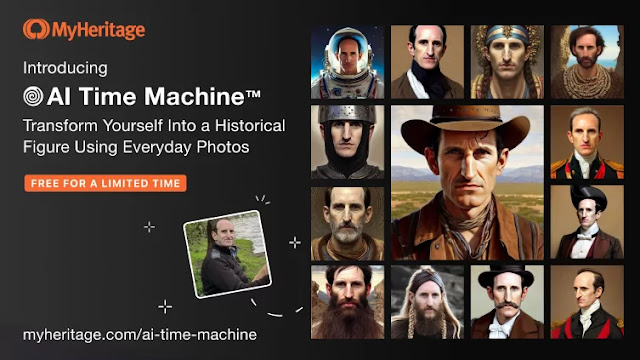The oldest records that can be reliably used for genealogical research depend entirely on the place where the records may have been kept. Some Chinese records go back more than 2000 years, but English parish records begin in 1538. If you live in Utah, the first genealogical records date from 1847 with the arrival of the first pioneers. Many genealogists claim extensive pedigrees and when I mention genealogy, I often get a question about how far back I have extended my own pedigree. As my previous blog post, "Are you related to Royalty" points out, we are all related and everyone one of us on the face of the earth is somehow related to every other person including every king and queen that ever lived.
As I have written in previous posts, genealogy is not a competition sport. From a very practical standpoint, if you are really related to royalty in any meaningful way, you and your family likely know exactly how you are related.
Now back to old genealogy records. One easy to understand example of time limits on genealogical records, besides pioneers in Utah, is when governments began keeping records of individuals in different ways. A good place to start with this understanding is the FamilySearch.org Research Wiki. The Research Wiki has a chart for every state in the United States with the earliest records for births, marriages, and deaths. Here is an example for Indiana.
Most people are surprised to see these dates for the first time. What this means is that there are no birth, marriage, or death certificates or any other consistent records on a state or county level before these dates. Obviously, the timing of these dates is based on when the first settlements were established, and state and local governments organized. Any research into birth, marriage, or death needs to rely on different, less consistent records.
The Newberry Library website has The Atlas of Historic County Boundaries which has detailed information about the entire history of every county in the United States from colonial times to the present. The formation of each county is the oldest date that any records could have been kept. Here is an example from a list of counties for Indiana.
2 June 1609
King James I granted a new charter to the Virginia Company of London, expanding Virginia's jurisdiction westward and northwestward to the Pacific Ocean; charter included all of present Indiana. (Paullin, pl. 42; Swindler, 10:24-36; Van Zandt, 92)
10 February 1763
Treaty of Paris, ending the Seven Years' War between Great Britain (the victor) and France and Spain, formally transferred to the British all of Canada (territory north of the Ohio River-Great Lakes-St. Lawrence River line), including present Indiana, and implicitly set the Mississippi River as the new western limit for the British colonies. (Cappon, Petchenik, and Long, 1)
As you can see, records in Indiana, if there were any, began with records in England and Virginia. By the way, Indiana became a state on December 11, 1816.
Many people in the United States have ancestry in Europe and I commonly get questions asking about discovering someone's "German" ancestors. This question usually arises from an indication of "Germany" as the place of birth of an ancestor in a U.S. Federal Census record in the 1800s. However, this quote from a Wikipedia article explains why looking for Germany before 1871 would not produce any records.
In 1871, Germany became a nation-state when most of the German states unified into the Prussia-led German Empire. After World War I and the German Revolution of 1918–1919, the Empire was replaced by the semi-presidential Weimar Republic.
Genealogical research into these German states requires identifying exactly where an ancestor lived, and available records depend on all sorts of circumstances including wars and politics.
The example of these time limits could go on and on so before spending time chasing the chimera of records that do not exist, it is a really good idea to understand these limits of geography, politics, time, and reality.



























